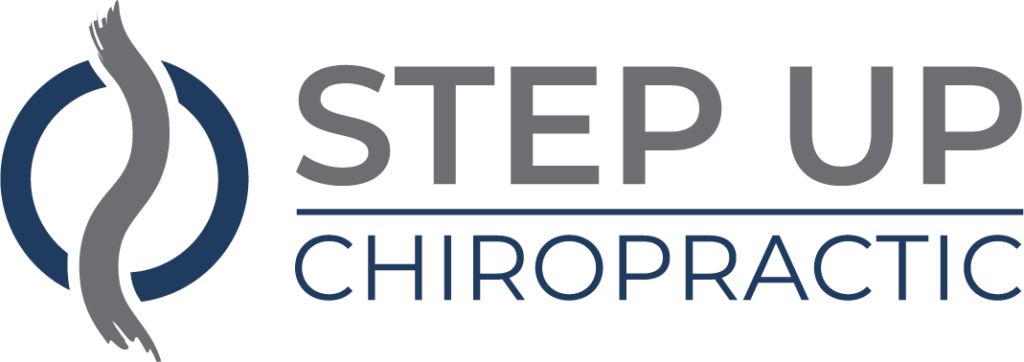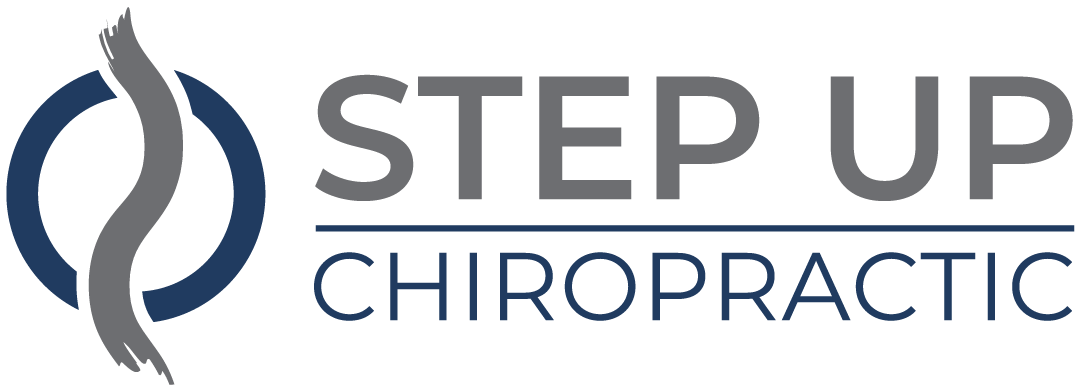If you're dealing with neck pain in Hawaii, you're not alone, and finding relief can be straightforward. You might start by incorporating simple stretching exercises and mindfulness techniques that align with the island's laid-back vibe. Heat therapy, like warm showers or towels, can enhance your relaxation efforts, too. But what happens when these methods aren't enough? Understanding the full range of options available to you, including professional treatments and posture adjustments, could make all the difference in your recovery journey. Let's explore what might work best for you and how to incorporate these techniques seamlessly into your lifestyle.
Understanding Neck Pain
Neck pain can stem from various factors, including poor posture, stress, and injury. You might find that your daily habits, such as slouching at your desk or craning your neck to look at your phone, contribute notably to discomfort.
When you maintain these positions for extended periods, it puts unnecessary strain on your neck muscles and spine, leading to pain and tension.
Stress can also play a major role in neck pain. When you're feeling anxious or overwhelmed, you might unconsciously tense your neck and shoulder muscles.
This tension can create a cycle where stress leads to pain, and pain leads to more stress. Recognizing this connection is vital for finding relief.
Injuries, like whiplash from a car accident or a sports-related incident, can result in acute neck pain. These injuries can cause inflammation and muscle spasms, making it difficult for you to move comfortably.
It's important to assess any past injuries to understand their impact on your current discomfort.
Additionally, degenerative conditions such as arthritis can develop over time, causing chronic neck pain.
If you're experiencing persistent discomfort, it's important to consult a healthcare professional for an accurate diagnosis and tailored treatment plan.
Understanding the root causes of your neck pain helps you take the necessary steps toward relief.
Stretching Exercises
When dealing with neck pain, incorporating stretching exercises into your routine can greatly help alleviate discomfort and improve flexibility. These exercises target the muscles surrounding your neck, reducing tension and enhancing mobility. Here are a few simple stretches you can try.
Start with the neck tilt. Sit or stand comfortably, keeping your back straight. Gently tilt your head to one side, bringing your ear toward your shoulder. Hold this position for about 15-30 seconds, feeling the stretch along the opposite side of your neck. Repeat on the other side.
Next, try the chin tuck. While sitting or standing, pull your chin back toward your throat, keeping your back straight. This movement helps strengthen the muscles in your neck and realigns your head over your shoulders. Hold for a few seconds, then release.
Another effective stretch is the shoulder roll. Sit up straight and lift your shoulders toward your ears. Roll them back and down in a circular motion. Repeat this for about 10 repetitions to relieve tension in your upper back and neck.
Finally, incorporate side stretches. With your right arm reaching overhead, gently lean to the left, feeling a stretch along the right side of your neck and shoulder. Hold for 15-30 seconds and switch sides.
Heat and Cold Therapy
When it comes to relieving neck pain, heat and cold therapy can be incredibly effective.
Applying heat helps to relax tense muscles and improve blood flow, while cold therapy reduces inflammation and numbs sharp pain.
Understanding how to use these techniques can make a big difference in your recovery.
Benefits of Heat Application
Applying heat can greatly alleviate neck pain and enhance overall comfort. When you use heat therapy, you're promoting blood flow to the affected area, which helps relax tight muscles and ease stiffness. This increased circulation delivers essential nutrients and oxygen, speeding up the healing process.
You can apply heat in various forms, like a warm towel, heating pad, or even a hot shower. Each method provides a comforting warmth that penetrates deep into your muscles, relieving tension and discomfort. It's particularly effective for chronic pain or muscle soreness, as it not only calms the area but also reduces muscle spasms.
In addition to physical relief, heat therapy can also provide psychological benefits. The soothing warmth can create a sense of relaxation, helping to reduce stress and anxiety associated with neck pain.
Just be sure to monitor the temperature to avoid burns, and limit heat application to 15-20 minutes at a time.
Incorporating heat therapy into your routine can greatly improve your neck pain management strategy, allowing you to enjoy more of what Hawaii has to offer without the nagging discomfort.
Cold Therapy Techniques
Cold therapy techniques can be incredibly effective for managing neck pain, particularly in the acute phase or after an injury. Applying cold constricts blood vessels, which reduces swelling and numbs sharp pain. You can use ice packs, gel packs, or even a bag of frozen vegetables wrapped in a cloth. Just remember to avoid direct contact with your skin to prevent frostbite.
For best results, apply cold therapy for 15-20 minutes at a time, several times a day. It's especially beneficial within the first 48 hours post-injury or after intense physical activity. You might find relief by elevating your neck and shoulders while using cold therapy, as this can enhance the effects.
If you're dealing with chronic neck pain, consider alternating between cold and heat therapy. Start with cold to reduce inflammation, then follow up with heat to promote blood flow and relaxation.
Always listen to your body—if the cold worsens your pain, stop immediately. Cold therapy is just one tool in your pain management toolkit, but when applied correctly, it can offer significant relief and help you get back to enjoying life in Hawaii.
Massage Techniques
How can massage techniques effectively alleviate neck pain? Massage therapy targets muscle tension, improves circulation, and promotes relaxation, which can greatly reduce discomfort in your neck. When you feel tightness or pain, a skilled massage therapist can manipulate the muscles and soft tissues, helping to release built-up stress and tension.
You might consider a few different techniques. Swedish massage, for example, utilizes long, flowing strokes to enhance relaxation and circulation. Deep tissue massage focuses on deeper layers of muscle and connective tissue, which can be particularly beneficial for chronic neck pain.
Trigger point therapy can also be effective; it involves identifying and applying pressure to specific points in your muscles, releasing knots that contribute to pain.
Self-massage is another option you can explore. By using your fingers, you can apply gentle pressure to sore areas in your neck and shoulders. Tools like massage balls or foam rollers can enhance your self-care routine, allowing you to target tight spots with more precision.
In Hawaii, you can also find unique massage styles influenced by local culture, such as Lomi Lomi. This traditional Hawaiian massage combines long strokes and fluid movements, promoting relaxation and healing.
Incorporating regular massage into your wellness routine can lead to lasting relief. Whether you choose professional sessions or self-massage techniques, you'll likely notice improved mobility and reduced pain, making daily activities much more enjoyable.
Posture Improvement
While massage techniques can provide immediate relief for neck pain, addressing posture is vital for long-term benefits. Poor posture can lead to muscle strain and discomfort, making it important to cultivate awareness of how you hold your body throughout the day.
Start by evaluating your workspace. If you spend hours at a desk, confirm your chair supports your lower back, and your computer screen is at eye level. This adjustment helps to keep your neck aligned and reduces strain.
Next, practice sitting and standing tall. Imagine a string gently pulling you upward from the top of your head. Keep your shoulders relaxed and avoid hunching over. When you're on the go, be mindful of your posture while using your phone. Hold it at eye level instead of bending your neck down, which can exacerbate discomfort.
Incorporating regular breaks into your routine can also help. Stand up, stretch, and move around every hour. Simple neck stretches can release tension and improve your overall posture.
Consider exercises that strengthen your core and back muscles, as these are vital for maintaining proper alignment.
Lastly, pay attention to how you sleep. A supportive pillow can keep your neck in a neutral position. Avoid sleeping on your stomach, as it can twist your neck in unnatural ways.
Mindfulness and Relaxation
To ease neck pain, incorporating mindfulness and relaxation techniques can make a big difference.
You can start with breathing exercises to reduce tension, explore guided meditation practices for mental clarity, or try progressive muscle relaxation to release physical stress.
Each method offers unique benefits that can help you find relief and improve overall well-being.
Breathing Exercises Benefits
Breathing exercises serve as a powerful tool for alleviating neck pain through mindfulness and relaxation. By focusing on your breath, you can enhance your awareness of body tension and stress, which often contributes to discomfort.
Simple techniques, like deep belly breathing, allow you to engage your diaphragm and facilitate relaxation of the muscles around your neck.
When you practice these exercises regularly, you'll notice a shift in your body's response to pain. As you inhale deeply and exhale slowly, you activate your body's relaxation response. This process helps lower cortisol levels, reducing stress that may be aggravating your neck pain.
Moreover, breathing exercises promote better posture. As you concentrate on your breath, you naturally become more aware of your body alignment. This mindfulness helps you avoid slouching or straining your neck during daily activities.
Incorporating breathing exercises into your daily routine can also improve circulation, delivering more oxygen to the muscles that support your neck.
With each breath, you're not just calming your mind; you're actively contributing to the relief of tension and discomfort. Just a few minutes a day can make a significant difference in how you feel.
Guided Meditation Practices
Guided meditation practices offer a pathway to tranquility and relief from neck pain by fostering mindfulness and relaxation. By focusing your mind and calming your body, you can create a mental space that alleviates tension and promotes healing. When you engage in guided meditation, you're often led through visualizations or soothing narratives that direct your attention away from discomfort.
Begin by finding a quiet, comfortable space where you won't be disturbed. Close your eyes and take a few deep breaths, letting any stress drift away. As you listen to the guided instructions, allow your thoughts to flow without judgment. Concentrate on areas of tightness in your neck, visualizing warmth and light enveloping those spots, releasing any built-up tension.
Consider dedicating a few minutes daily to this practice. The more consistent you are, the better your results will likely be.
Over time, you'll find that guided meditation not only helps with neck pain but also cultivates a deeper sense of relaxation and awareness in your daily life. Embrace this technique to enhance your overall well-being and find the relief you seek.
Progressive Muscle Relaxation
Progressive muscle relaxation (PMR) helps you release tension in your neck and promotes overall relaxation. This technique involves systematically tensing and then relaxing different muscle groups in your body, starting from your toes and working your way up to your neck and head. By focusing on each muscle group, you can become more aware of where you hold tension and learn to let it go.
To practice PMR, find a comfortable, quiet space where you won't be disturbed. Close your eyes and take a few deep breaths. Start by tensing the muscles in your feet for about five seconds, then release and notice the difference. Move up to your calves, thighs, and continue this process through your entire body.
When you reach your neck, tense the muscles by shrugging your shoulders up towards your ears, hold for a moment, and then let them drop.
As you practice, focus on the sensations of relaxation that wash over you. PMR not only helps alleviate neck pain but also enhances your mindfulness, making it a great addition to your daily routine for stress relief and relaxation.
Seeking Professional Help
When neck pain persists despite trying home remedies, seeking professional help can be an essential step toward relief.
You don't have to suffer in silence; trained experts can offer tailored solutions that address the root cause of your discomfort.
Here are three types of professionals you might consider consulting:
- Chiropractors: They specialize in spinal alignment and can perform adjustments that may relieve pressure on nerves and reduce pain. Regular sessions can lead to long-term benefits.
- Physical Therapists: They'll assess your neck's range of motion and develop a customized rehabilitation program. They can teach you exercises to strengthen neck muscles and improve flexibility, helping prevent future pain.
- Massage Therapists: Therapeutic massage can alleviate tension in your neck and surrounding areas. They can use techniques designed to improve circulation and promote relaxation, which can greatly reduce pain.
Conclusion
To sum up, finding relief from neck pain in Hawaii is all about embracing a holistic approach. By incorporating gentle stretching, heat therapy, and mindfulness techniques into your routine, you can effectively manage discomfort. Don't forget the importance of good posture and professional help when needed. With the island's serene environment as your backdrop, you can create a personalized plan that not only alleviates pain but also enhances your overall well-being. Embrace these techniques, and feel the difference!




